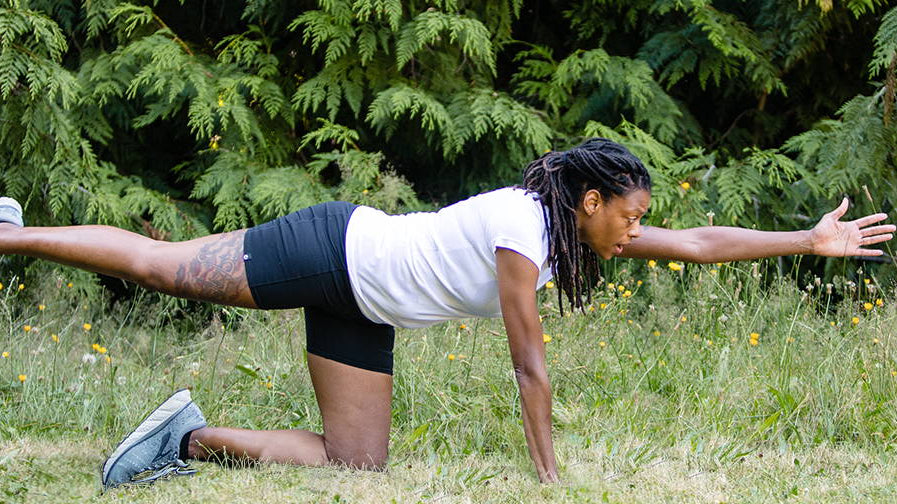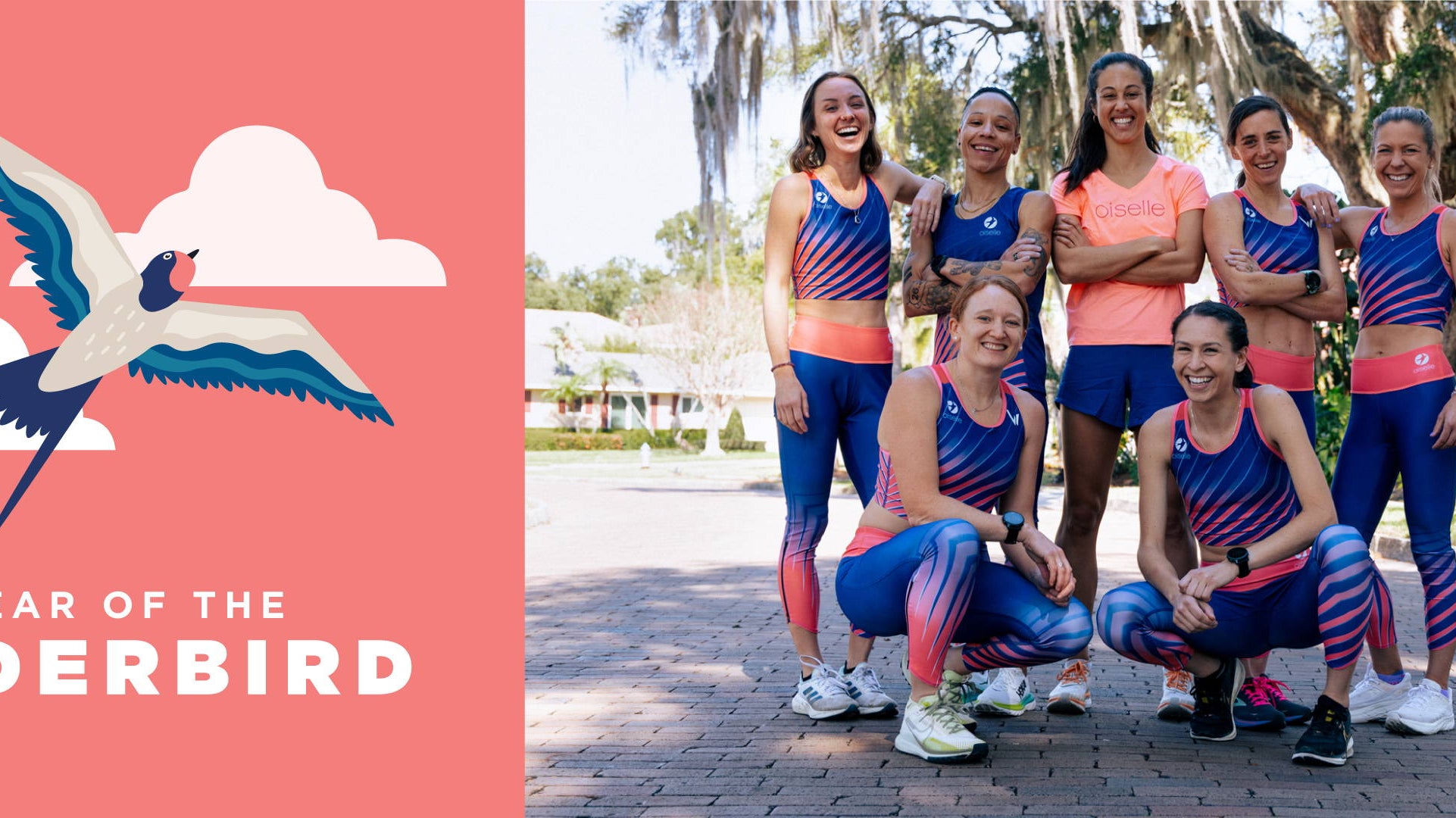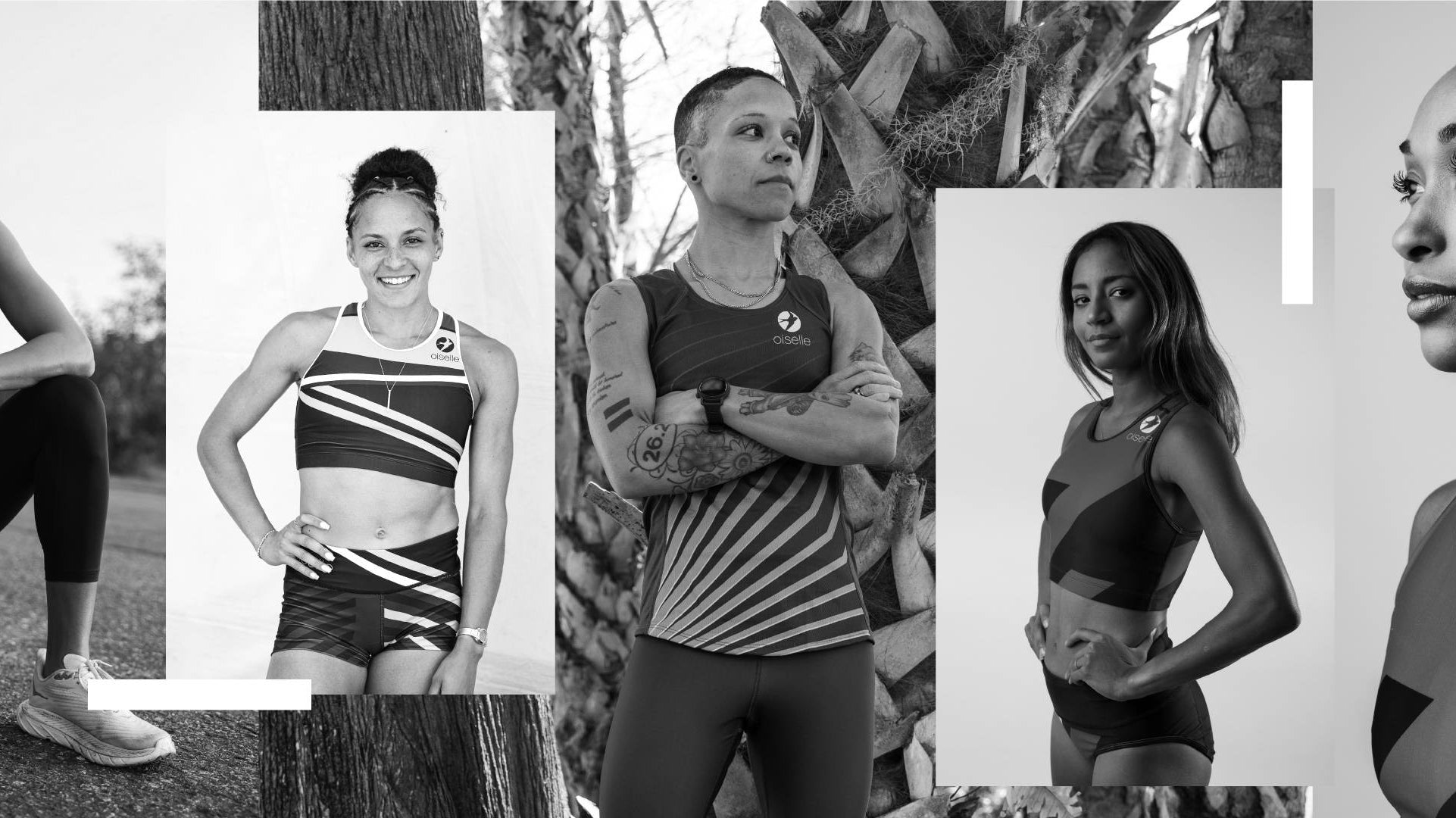Let's talk about the wings. Arms, what's up with them? What’s going on there while our legs are doing work? Why we should love them, take care of them, and nerd out over their awesome contribution to our activity? We asked our elite and self-proclaimed physiology nerd Shalaya Kipp. Here's what she found!

MEGAN: ARMS! WHAT ARE THEY GOOD FOR? GIVE US THE SCOOP!
SHALAYA: Have you ever tried to run without swinging your arms? Or tried to sync up your right leg swing with right arm swing? It is hard! So you guessed it, we need our arms! The purpose of swinging your arms is to counter act the angular momentum of your opposite leg. If you swing your left leg forward, without swinging your right arm forward (or using your abdominal muscles), then your body will continue to rotate. If you have ever stood up on a swivel office chair, you know that if the chair and your lower body starts spinning, most likely you will try to use your upper body to produce a torque (or rotational force) that will counter the direction of the spin. It’s the same idea with running, your opposite arm is producing a torque to counteract the angular momentum produced by your leg so you can run straight.
M: JUST LIKE EVERY RUNNER HAS A STRIDE - DOES EVERY RUNNER HAVE A SPECIFIC WING-GATE?
S: Out on the local Boulder creek there are all sorts of different ways people hold and swing their arms, and it seems to be working for them. Paula Radcliff, the women’s marathon world record holder, had a slightly asymmetrical arm swing, and look how fast she turned out. In general, I’d guess most people naturally pick the way of swinging their arms that minimizes energy cost. Meaning that the arm swing that comes naturally, or feels the most comfortable, is probably the most economical (or cheapest in terms of energy/calorie cost).
M: CAN OUR ARMS MAKE US BETTER RUNNERS? FASTER RUNNERS? MORE EFFICIENT RUNNERS? HOW?
S: Word on the street is you should hold your elbows at 90 degrees and thumb needs to skim your pelvis and then go back up towards your nose. However I’m going to call bologna. In a 2014 study, researchers had runners adopt some funny arm positions while running: hands clasp behind their backs, chest, and on top of their heads. When runners ran with their arms behind them, essentially eliminating arm swing, the energetic cost of running (think calorie cost) only increased a mere 3% when compared to running with their normal arm swing. And when runners put their hands on their head, the energetic cost increased by 13% (Arellano & Kram, 2014). If these ridiculous ways of holding your arms barley increased the cost of running, you can imagine that the difference between holding your arms at 110 degrees vs. 90 degrees or 70 degrees vs. 90 degrees is miniscule. Chances are you probably you are already choosing the best way to hold your arms.
 The four “funny” ways the researches at the University of Colorado had their subjects run (Arellano & Kram, 2014).
The four “funny” ways the researches at the University of Colorado had their subjects run (Arellano & Kram, 2014).
Another thing I hear a lot is that our arms must swing in the sagittal plane (forward, backward), without moving across our body. Like I mentioned earlier the purpose of swing our arms is to counter act the angular momentum of our legs. So I see nothing wrong with your arms going slightly across your body. However sprinting, which depends heavily on acceleration, is another story. This advice is for the distance runner.
M: FOR THOSE OF US WHO'S ARMS "FLAIL" A LITTLE MORE THAN THEY FLY (ASKING FOR A FRIEND) WHAT SHOULD WE FOCUS ON WHILE WE TRAIN?
S: Honestly, when it comes to arm swing form, I think it is best to just try and relax your arms so you don’t have excess tension. Then just let yourself fly without thinking too much about your wings!

Reference:
Arellano, C. J., & Kram, R. (2014). The metabolic cost of human running: is swinging the arms worth it?. Journal of Experimental Biology, 217(14), 2456-2461.









